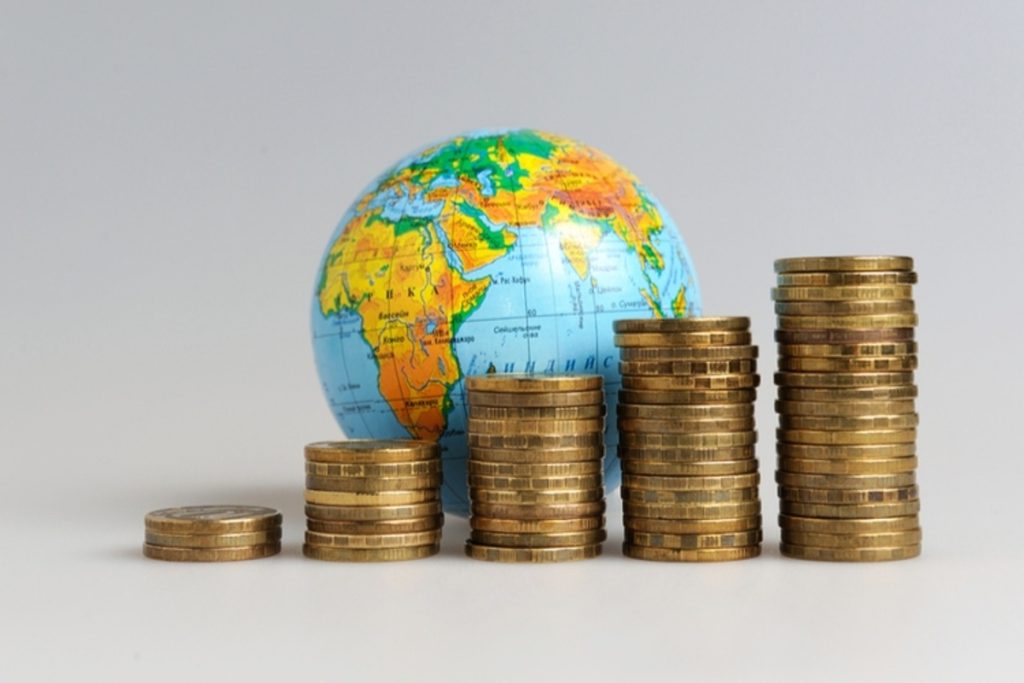As global investors hunt for growth amid plateauing returns in developed markets, emerging economies in 2025 stand out as both promising and precarious. With favorable demographics, rapid urbanization, and accelerating technological adoption, emerging markets are poised to outpace their developed counterparts in GDP growth. Yet, they also come with volatility, geopolitical risks, and structural inefficiencies that demand careful navigation. The key to successful investing in these regions lies in identifying the right opportunities, understanding their economic drivers, and deploying strategic risk mitigation approaches that ensure long-term resilience.
High-Growth Regions in 2025: Who’s Leading the Pack?
Several emerging regions are capturing global investor interest in 2025, led by South Asia, Southeast Asia, Latin America, and select African economies. India continues to dominate the conversation, with GDP growth projected at 6.5%—supported by a digital transformation in financial services, rising domestic consumption, and government-led infrastructure expansion. The “India Stack” and Unified Payments Interface (UPI) ecosystem have revolutionized digital payments, drawing foreign capital into fintech, e-commerce, and logistics.
Indonesia, Vietnam, and the Philippines are hot on India’s heels, benefiting from supply chain realignments and the China+1 manufacturing strategy. Vietnam, in particular, is becoming an electronics and apparel export hub, with 2025 growth forecasted at 6.3%. Indonesia is enjoying a commodities boom driven by nickel and bauxite demand tied to global EV production, while the Philippines leverages remittances and a young labor force to fuel services-led expansion.
In Latin America, Brazil and Mexico present differentiated stories. Brazil is seeing a rebound in agricultural exports and infrastructure investments tied to climate adaptation. Mexico, meanwhile, is benefiting from nearshoring by U.S. firms eager to reduce exposure to Chinese supply chains. With the U.S.-Mexico-Canada Agreement (USMCA) in full effect, Mexico’s manufacturing sector, especially auto parts and semiconductors, is attracting long-term FDI.
In Africa, Kenya, Nigeria, and Egypt are rising stars. Kenya’s fintech and mobile banking ecosystem, anchored by M-Pesa, is evolving into a regional financial services hub. Nigeria, despite currency instability, is unlocking new energy potential with reforms in its oil and gas sector, while Egypt is betting on logistics and tourism to diversify beyond hydrocarbons.
Economic Drivers Fueling Growth
Each region’s ascent is rooted in unique drivers. In India and Southeast Asia, a growing middle class and a digital-native population are reshaping consumption patterns. E-commerce, cloud services, and digital health are booming industries. These countries are also investing heavily in physical infrastructure—roads, airports, and ports—which boosts construction and associated industries such as cement, steel, and energy.
In Latin America, resource wealth and geopolitical realignments are key. Brazil’s green hydrogen plans and Mexico’s nearshoring gains are reshaping their industrial footprints. Additionally, stable central banks and improving fiscal governance—especially in Colombia and Chile—are restoring investor confidence.
Africa’s growth hinges on demographic trends. With the world’s youngest population, the continent is attracting attention for its long-term workforce advantage. Mobile connectivity is also improving rapidly, bringing millions into formal economic activity and enabling new business models in microfinance, agriculture tech, and e-learning.
Meanwhile, the Gulf states—though traditionally not grouped under “emerging markets”—are being reclassified in some indices as frontier/transition economies. Saudi Arabia and the UAE are aggressively diversifying away from oil under Vision 2030 and other national strategies, creating opportunities in tourism, sports, logistics, and digital infrastructure.
Attractive Sectors for Investment in 2025
Emerging markets are no longer about broad-based index plays. Sector-specific strategies are outperforming, particularly in:
- Technology and Fintech: With limited legacy systems, emerging economies are leapfrogging straight to mobile-first digital ecosystems. India’s Paytm, Brazil’s Nubank, and Kenya’s M-Pesa are emblematic of this trend. AI, cybersecurity, and cloud infrastructure firms are gaining traction in these markets as well.
- Consumer Goods and Retail: Rising incomes and urbanization are fueling demand for packaged foods, personal care, fashion, and appliances. Local champions in Indonesia, Vietnam, and Nigeria are competing with global brands, offering investment opportunities in public equities and venture capital.
- Green Energy and Resources: Latin American lithium (Chile, Argentina), African cobalt (DRC, Zambia), and Southeast Asian nickel (Indonesia) are crucial to the global energy transition. Renewable projects—from Brazilian wind farms to Indian solar parks—offer long-duration, yield-generating assets.
- Healthcare and Education: As public systems struggle to meet rising demand, private providers are stepping in. Telemedicine, diagnostic chains, private universities, and ed-tech platforms are scaling rapidly across India, Egypt, and Nigeria.
- Logistics and Infrastructure: From Mexico’s intermodal rail networks to Indonesia’s port expansions, infrastructure upgrades are unlocking productivity. Private capital, including sovereign wealth funds and pension investors, are entering PPP models and REITs in these sectors.

Challenges and Key Risks in Emerging Markets
Despite the rosy growth story, risks in emerging markets remain real and multifaceted. Currency volatility is a major concern—many EM currencies are vulnerable to interest rate changes in the U.S. and capital flight. For instance, Argentina and Nigeria have faced repeated devaluations that erode investor returns.
Political instability is another persistent challenge. Upcoming elections in countries like South Africa and Turkey could result in policy reversals. Regulatory uncertainty, especially in markets like India and Brazil, can also blindside investors—case in point: India’s surprise data localization mandates or Brazil’s tax reform shifts.
Debt sustainability is a growing concern in several frontier markets, especially those that borrowed heavily during the pandemic. Sri Lanka’s and Ghana’s recent debt crises serve as cautionary tales. Investors must scrutinize sovereign balance sheets, FX reserves, and IMF engagement in their country risk models.
Climate risk is often overlooked but increasingly material. Emerging markets are disproportionately exposed to extreme weather events—floods in Bangladesh, droughts in sub-Saharan Africa, and wildfires in Brazil can disrupt supply chains and impair infrastructure.
Mitigation Strategies for EM Investors
Mitigating these risks starts with diversification—not just across countries, but also across sectors and asset classes. Investors can blend direct equity exposure with ETFs, EM debt funds, and thematic vehicles focused on sustainability, infrastructure, or digital transformation. Currency hedging is advisable in volatile FX environments, and duration management is critical for EM debt exposure.
On the equity side, favoring companies with U.S. dollar revenue streams or strong local brand equity provides buffers against macro shocks. Private equity and venture capital are also gaining favor, especially in markets with weak public market access, like Africa and the Middle East.
Engaging local partners and understanding on-the-ground realities is crucial. Political risk insurance, local legal advisors, and stakeholder mapping can minimize non-market risks. Institutional investors are increasingly incorporating ESG screens to identify resilient and socially aligned businesses, which also tend to outperform over time.
Outlook for 2025 and Strategic Positioning
2025 is shaping up as a breakout year for emerging markets. Relative valuations remain attractive, especially compared to the overvalued U.S. tech sector. The MSCI Emerging Markets Index is trading at a forward P/E of around 11.8x—well below the S&P 500’s 20x. This discount, coupled with accelerating GDP and demographic advantages, creates a compelling case for portfolio rebalancing.
Geopolitical shifts—such as the realignment of global supply chains, the rise of BRICS+ alliances, and de-dollarization efforts—are also altering capital flows in favor of the Global South. Investors should remain agile, ready to pivot as new hotspots emerge and existing ones mature.
Ultimately, the emerging markets story is no longer just about chasing yield or momentum. It’s about identifying innovation, resilience, and long-term structural shifts. Investors who bring a nuanced, locally informed, and risk-aware approach stand to benefit most from the dynamic opportunities of the developing world.













































